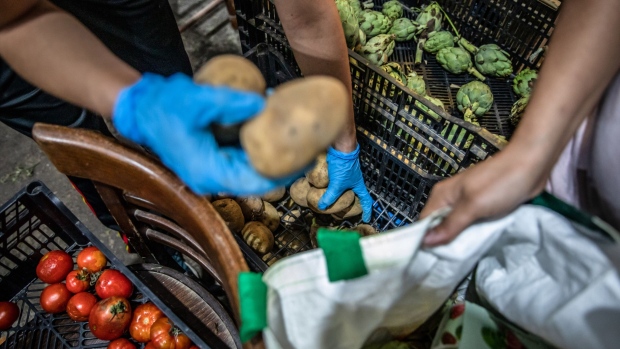
Wealth rises in Canada's recovery, but so does food bank usage
BNN Bloomberg
Food insecurity is rising in Canada, a country that has long-prided itself on its social safety net -- including a roughly $300 billion pandemic relief package meant to leave no one behind.
Food insecurity is rising in Canada, a country that has long-prided itself on its social safety net -- including a roughly $300 billion pandemic relief package meant to leave no one behind.
The number of people turning to food banks rose 10 per cent in the province of Ontario during the first year of the COVID-19 pandemic. That’s aligned with figures that show food bank usage across the country was significantly higher this past March than in 2019.
At first glance, the numbers are hard to reconcile with data showing that Canadians became much wealthier during the pandemic. But the rise in household net worth was largely due to a boom in housing and stocks, leaving behind those with lower incomes and few financial assets. In Ontario, only about 6 per cent of food bank users are homeowners.
The cost of food and housing are two of the top three reasons why people access a food bank, according to a survey by Food Banks Canada. With a recent surge in inflation affecting food and fuel, the situation may get worse in 2022.
“A volatile combination of high rental housing costs, rapid food inflation, and pandemic-related unemployment created a ‘perfect storm’ that drove up the number of visits to food banks in the last year, especially in larger urban areas,” Richard Matern, research director with Food Banks Canada, said in an emailed statement.
